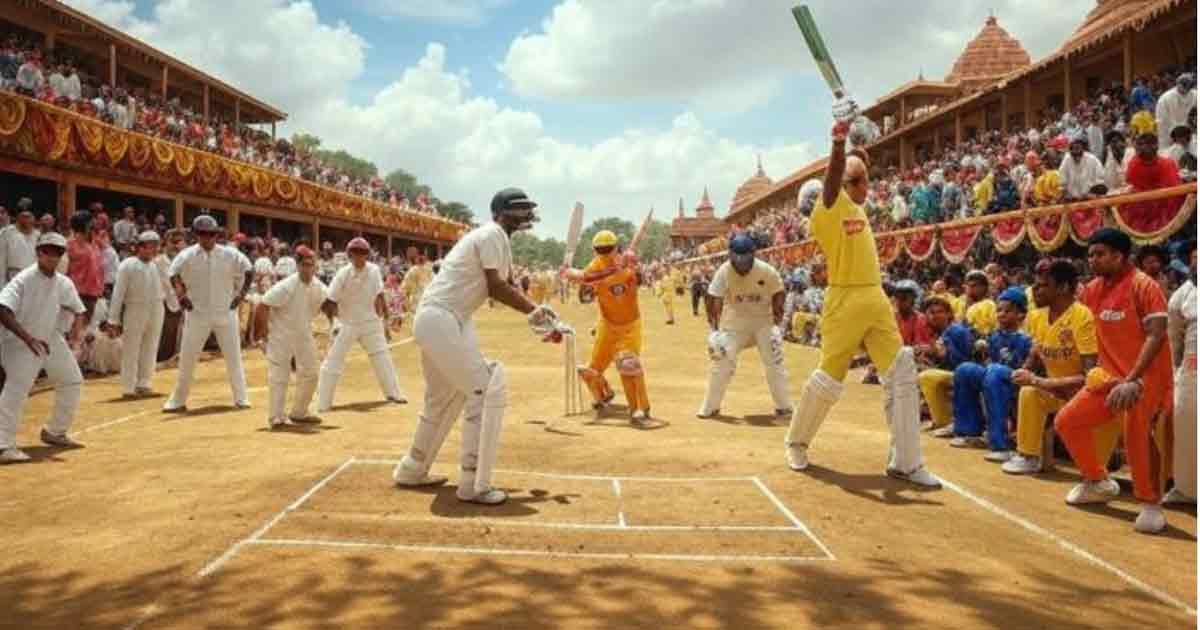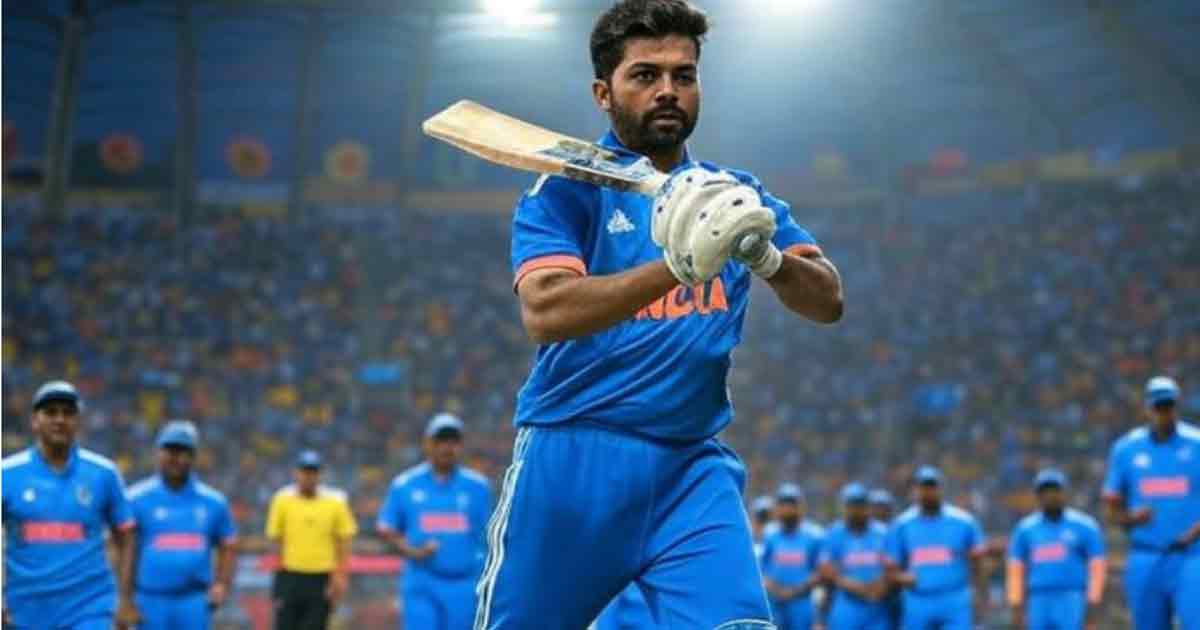Explore cricket’s journey in India, from colonial roots to a cultural unifier, examining its role in shaping traditions, national pride, and social dynamics through media and icons.
Cricket in India is more than just a sport — it’s a cultural phenomenon that unites millions across diverse regions, languages, and communities. From its colonial roots to its modern-day dominance, cricket has evolved into a cornerstone of Indian identity, influencing social dynamics and national pride. This evolution, often likened to a Crazy Time Demo mode of rapid growth and fervor, has seen cricket transcend boundaries, becoming a powerful force in shaping India’s cultural and social fabric. This article delves into the journey of cricket’s popularity in India and its profound impact on society.
The Colonial Beginnings of Cricket in India
Cricket was introduced to India by British colonizers in the 18th century, initially as an elite pastime for British officials and Indian royalty.
- Early Adoption: The first recorded cricket match in India took place in 1721, played by British sailors in Gujarat.
- Formation of Clubs: The Calcutta Cricket Club, established in 1792, was one of the earliest formal cricket organizations, followed by the Bombay Presidency matches.
- Indian Participation: By the late 19th century, Indian communities, particularly the Parsis in Bombay, began forming their own teams, marking the sport’s gradual spread.
This period laid the foundation for cricket’s integration into Indian society, though it remained largely an urban and elite activity.
The Post-Independence Surge
After India gained independence in 1947, cricket became a symbol of national unity and pride, gaining widespread popularity.
- First Major Victory: India’s Test win against England in 1952 marked a turning point, boosting the sport’s appeal across the country.
- Radio Broadcasting: The 1960s saw cricket commentaries on All India Radio, making the sport accessible to rural audiences who gathered around radios to listen.
- Emergence of Icons: Players like Sunil Gavaskar and Kapil Dev became household names, inspiring a new generation of cricket enthusiasts.
Cricket began to resonate with the masses, evolving into a shared national passion that transcended class and region.
The Role of Media and Technology

The advent of television and digital platforms has significantly amplified cricket’s reach and influence in India.
- Television Boom: The 1980s brought live telecasts of matches, with India’s 1983 World Cup victory watched by millions, cementing cricket’s place in Indian homes.
- IPL Revolution: Launched in 2008, the Indian Premier League (IPL) blended sport with entertainment, attracting massive viewership and sponsorships.
- Digital Streaming: Platforms like Hotstar and JioCinema have made cricket accessible on smartphones, ensuring even remote audiences can watch live matches.
Media and technology have turned cricket into a year-round spectacle, keeping fans engaged through highlights, analysis, and interactive content.
Cultural Impact of Cricket
Cricket has deeply influenced Indian culture, shaping traditions, language, and collective identity.
- Festive Atmosphere: Major matches, especially India-Pakistan clashes, are treated like festivals, with families gathering to watch and celebrate.
- Bollywood Connection: Cricket and Bollywood often intersect, with stars like Shah Rukh Khan owning IPL teams, further merging entertainment with sport.
- Slang and Idioms: Phrases like “hit a six” or “play a straight bat” have entered everyday language, reflecting cricket’s cultural penetration.
The sport has become a unifying force, bringing together diverse communities in a shared celebration of skill and spirit.
Social Impact and Challenges
While cricket fosters unity, it also highlights social issues and disparities within India.
- Gender Inclusion: Women’s cricket is gaining traction, with stars like Mithali Raj and Smriti Mandhana breaking barriers, though it still lags in visibility and funding.
- Economic Divide: The sport’s commercialization has led to disparities, with urban academies thriving while rural talent struggles for access to resources.
- Pressure on Players: The intense fanbase creates immense pressure on players, sometimes leading to mental health challenges, as seen in cases like Virat Kohli’s public discussions on the topic.
Cricket’s social impact is a double-edged sword, offering opportunities for growth while exposing systemic inequalities.
Conclusion
The evolution of cricket’s popularity in India reflects its deep-rooted connection to the nation’s cultural and social fabric. From its colonial origins to its current status as a unifying force, cricket has shaped traditions, inspired generations, and bridged divides. As it continues to grow, addressing challenges like gender disparity and resource access will be key to ensuring its inclusive impact. In this journey, cricket remains a vibrant symbol of India’s spirit, much like the energy of a Crazy Time www.crazytime.co.in, captivating hearts and driving the nation forward.







